This article first appeared at: edwardsri.com.
What did Jesus mean by his mysterious words at the Last Supper: “Take this, all of you, and eat of it, for this is my body…Take this, all of you, and drink from it, for this is the chalice of my blood…”?
Did he really intend for us to eat of his body and drink of his blood?
Jesus said he would be present to his people in many ways. He is present in prayer. “Wherever two or three are gathered in my name, there I am in your midst” (Matt 18:20). He is present in the Scriptures, the sacraments and the priest. And he is present in the poor, sick and imprisoned (Matt 25:31-46).
Catholics, however, believe Jesus is uniquely present in the Eucharist. He is present in the fullest sense, making himself “wholly and entirely present.”[1] For the Eucharist is not just a symbol of Jesus or a sacred reminder of his love for us. The Eucharist, in a most profound sense, is Jesus. At the words of consecration at Mass—when the priest repeats Jesus’ words from the Last Supper, saying “This is my body…This is my blood…”—the bread and wine are changed into Christ’s body, blood, soul and divinity.
But how can this be? Can a sliver of bread and a drop of wine really be changed into Jesus’ body and blood? The Eucharist, after all, still looks, tastes, feels and smells like bread and wine. How could one say that it’s really Christ’s body and blood if all our senses tell us otherwise?
The theological term used to describe this change is “transubstantiation.” The word describes how, while the appearances of bread and wine remain, “there takes place a change of the whole substance of the bread and wine into the substance of the body of our Lord and of the whole substance of the wine into the substance of his blood” (CCC 1376).
It’s important to note, however, that this is not a chemical change. If one were to put the Eucharistic host under a microscope, a divine gall bladder would not appear. Nor would one discover Jesus’ blood cells or supernatural hemoglobin when conducting scientific experiment on the Eucharistic Blood of Christ. The Eucharist still looks, tastes and feels like bread and wine, but underneath those outward sensible appearances, Christ’s body and blood is really present (CCC 1376). As one early Christian theologian expressed, “Do not see in the bread and wine merely natural elements, because the Lord has expressly said they are his body and his blood: faith assures you of this, though your senses suggest otherwise.”[2]
The Bible reveals how God’s words are so powerful that his commands are carried out. When he says, “Let there be light” at creation, light suddenly appears. At his word, the sun, moon, and stars are brought into existence. The power of that divine word is also in Jesus. When Jesus tells a paralyzed man, “Rise, take up your pallet, and walk,” the man was immediately healed and began to walk (John 5:8-9). When Jesus tells the dead Lazarus to come out of the tomb, Lazarus came out risen from the dead (John 11:43-44). And when he tells a person “your sins are forgiven” (Matt 9:2), he is truly forgiven.
Similarly, Jesus took bread and said, “This is my body” and took wine and said, “This is my blood.” These sacred words bring about what he says. Catholics believe that the same divine word in Christ that had the power to heal, raise people from the dead and forgive sins, could change bread and wine into his body and blood. In the following article, we will learn why he wanted us to partake of his body and blood in the Eucharist.
[1] CCC 1374.
Also Available from Edward Sri:
No Greater Love: A Biblical Walk Through Christ’s Passion
– Dr Edward Sri – Ascension – (Paperback)
No Greater Love is a biblical pilgrimage that reveals Christ’s amazing love for us. Best-selling catholic author Edward Sri guides you through the last hours of Christ’s life. You will walk step-by-step with Jesus from the Garden of Gethsemane to the Mount of Calvary. Every step of the way, Old Testament prophecies, messianic expectations, biblical symbolism, and historical context shed light on the mystery of Christ’s suffering and death. Experience a deeper understanding and appreciation of God’s immeasurable and unconditional love as you draw closer to Jesus than you ever have before.
- What was Jesus going through at each moment?
- How did the Old Testament foretell of Christ’s death?
- Why did Christ die for us? What did it accomplish?
- What was the meaning behind of the tearing of the temple veil, the crowning with thorns, the, and other events during Christ’s Passion?
- What do the cryptic last words of Jesus mean?
Though this book is used as part of the video study program by the same name for parishes, small groups, and families, this book stands on its own and does not require additional background or resources. Questions at the end of each chapter can be used for personal reflection or group discussion.
Australia & New Zealand – CLICK HERE TO PURCHASE
Rest of the World – CLICK HERE TO PURCHASE





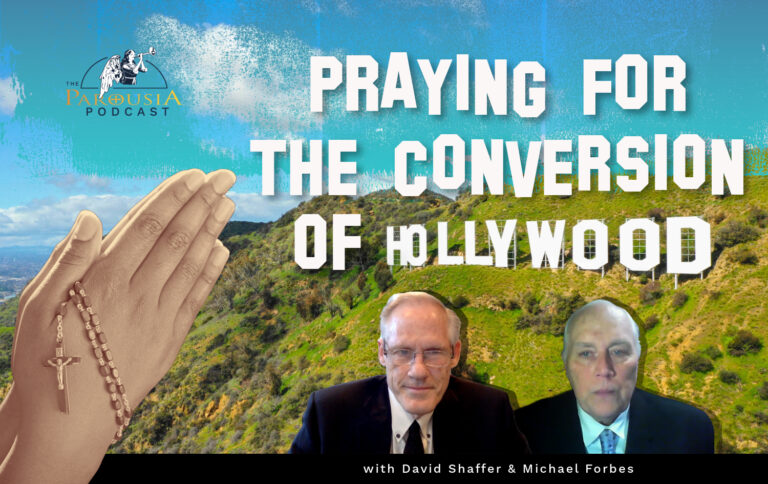
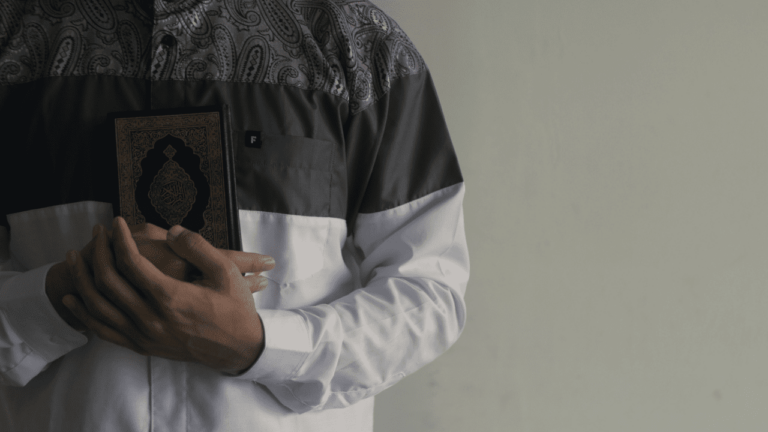
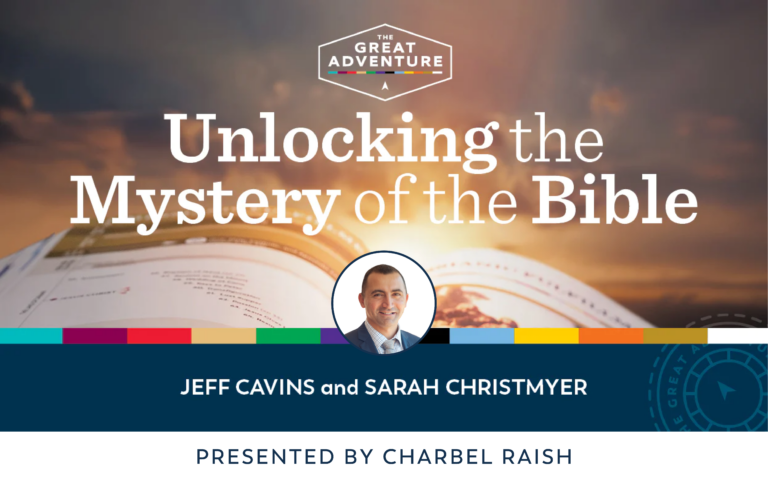
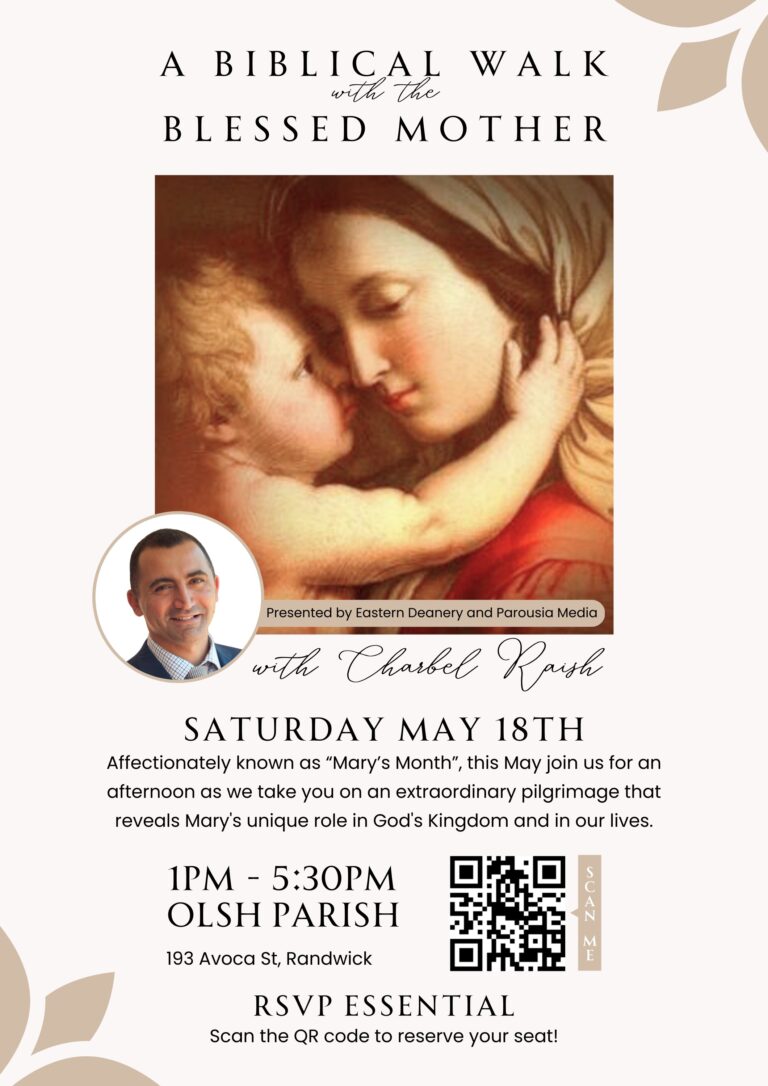
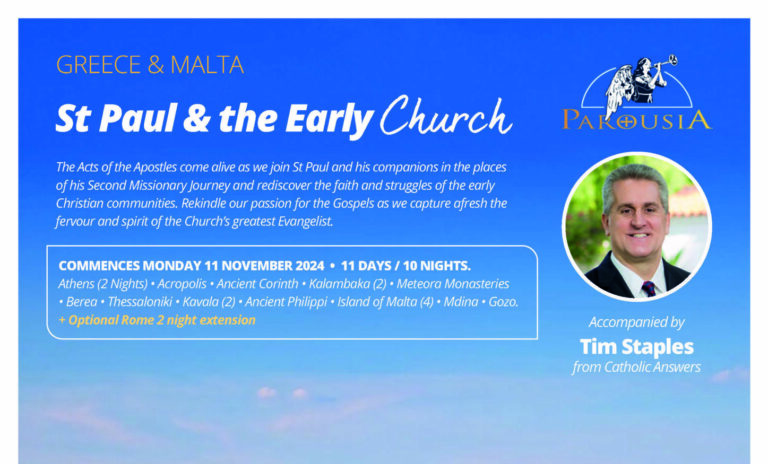
Recent Comments